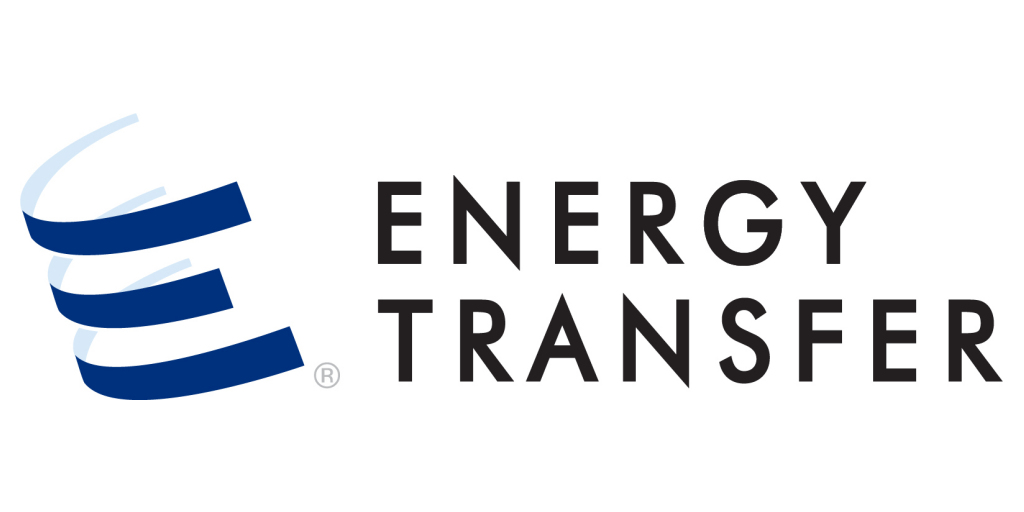Summary
- OPEC+ scheduled to meet June 1
- US crude inventory rise suggests soft demand
- Stubborn inflation keeps rate hike on the agenda
LONDON, May 23 (Reuters) – Oil prices crept up on Thursday, clawing back some of the previous three days’ losses despite the U.S. Federal Reserve entertaining further tightening of interest rates if inflation remains sticky, a move that could hurt oil demand.
Brent crude futures were up 51 cents, or 0.6%, at $82.41 a barrel by 1121 GMT. U.S. West Texas Intermediate crude (WTI) futures were also up 51 cents, or 0.7%, at $78.08. Both benchmarks fell more than 1% on Wednesday for their third straight day of losses.
Minutes released on Wednesday from the Federal Reserve’s most recent policy meeting showed the U.S. central bank discussed the potential to raise interest rates in the face of continued stubborn inflation.
“Various participants mentioned a willingness to tighten policy further should risks to inflation materialize in a way that such an action became appropriate,” the Fed minutes said.
Higher interest rates boost borrowing costs, crunching funds that could boost economic growth and oil demand in the world’s largest oil consuming nation.
Also weighing on the market, U.S. crude stocks rose by 1.8 million barrels last week, according to the Energy Information Administration, compared with an estimated draw of 2.5 million barrels.
Globally, physical crude markets have been pressured by soft refinery demand and ample supply.
“Recent market softness has come on the back of weaker data, including rising oil inventories, tepid demand and refinery margin weakness and the increasing risk of run cuts,” Citi analysts said in a note on Thursday.
Russia said it exceeded its OPEC+ production quota in April for “technical reasons” and will soon present to the Organization of the Petroleum Exporting Countries (OPEC) Secretariat its plan to compensate for the error, the Russian Energy Ministry said late on Wednesday.
OPEC+, which groups together OPEC and allies led by Russia, will meet on June 1 to decide on production cut levels.
“June’s meeting is seen as difficult in being able to tighten the market further and there is a growing consensus that the best the cartel will come up with is a rollover of current voluntary cuts,” said John Evans of oil broker PVM.
“This may show results in the autumn, but for now it will do little to assuage a market lacking in confidence.”
Share This:




